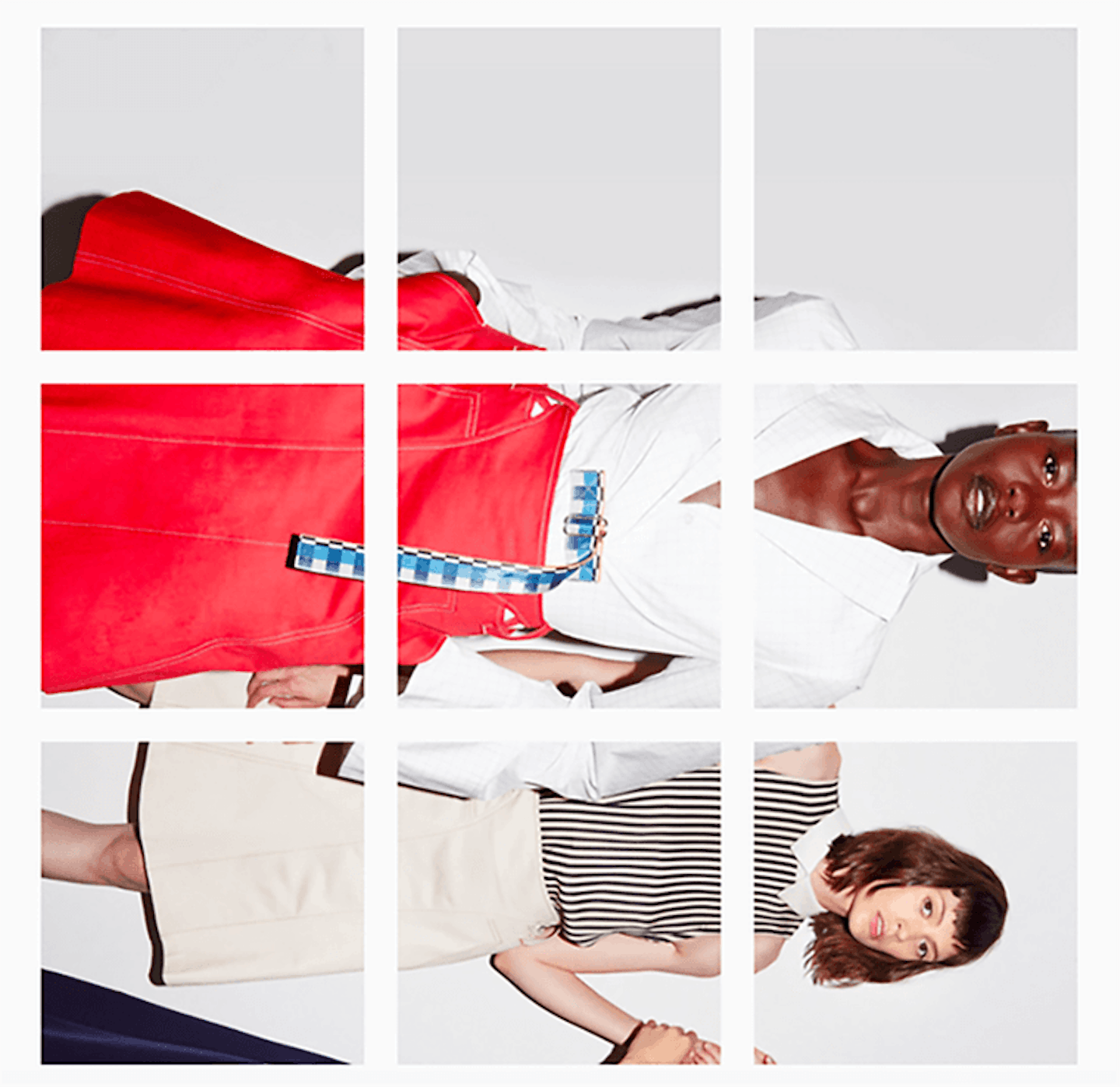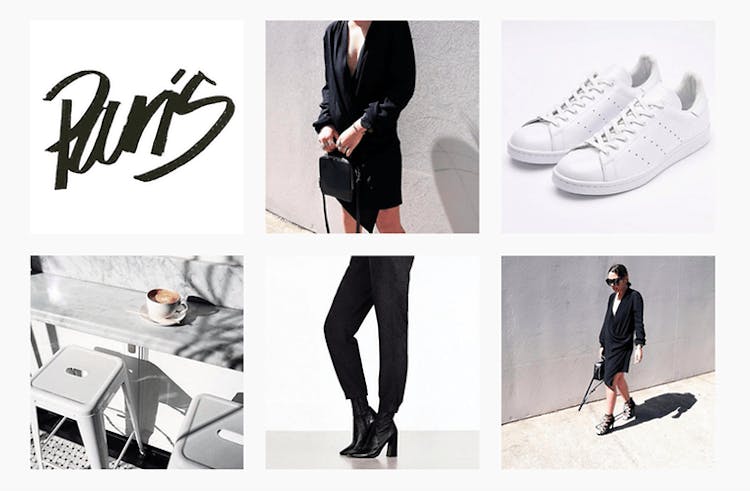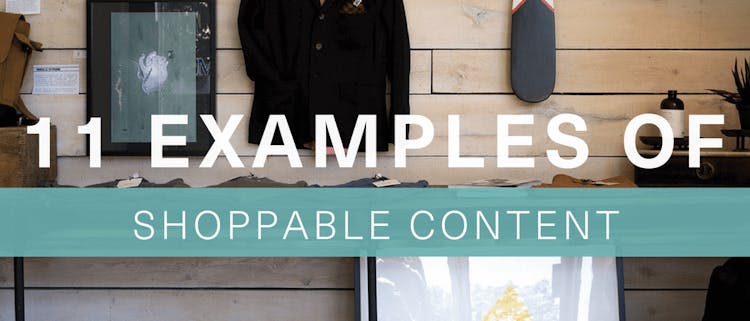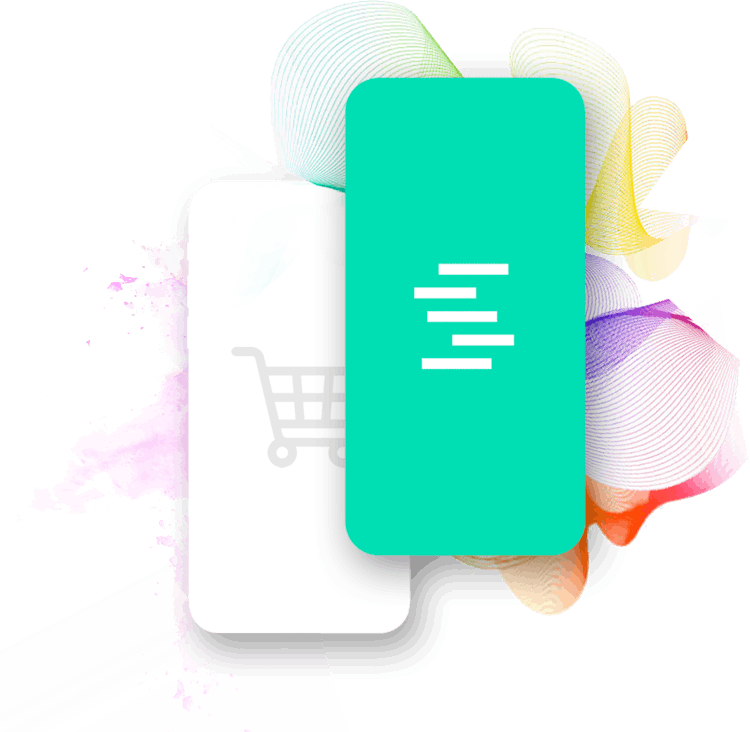Need an example?
Let's take this recent image from Burberry that was shared on their Facebook, Twitter and Instagram accounts and compare how it performed:
-- Facebook collected 8409 likes, 105 comments and 520 shares out of 17 million fans.
-- Twitter received 92 retweets, 363 favours and got 3 replies from 5.04 million people.
-- And Instagram got 60.000 likes and 549 comments from 5 million followers.
This means that, when posted on Instagram, the image generated 7 times more likes and 5 times higher interest in discussion than when posted on Facebook — this is despite the fact that Burberry's Facebook page has over 3 times the amount of followers than the Instagram account.And if you compare the engagement rate overall, Burberry managed to interact with 1.2% of its followers on Instagram compared to 0.05% and 0.009% on Facebook and Twitter accordingly.
So what does it tell us? It tells us that Instagram is a must-have online marketing tool for every brand — especially when it comes to fashion, as the most followed brands on Instagram are those in the apparel and retail industry, according to Iconosquare.
In this regard, Styla has listed several tips and tricks that will make your Instagram feed stand out from the crowd. So read on!
1. How good are your photos?
When it’s between a bad photo or no photo, choose no photo. Nothing is worse than a hideous image that will make you look unprofessional. Nobody wants to see that and nobody will get away with it — not even Martha Stewart. This doesn’t mean, however, that you have to hire a professional photographer (after all, there are hundreds of high-quality iPhone-only accounts on Instagram), but putting aesthetics first and thinking about how to make your photos better is a required condition of success.
Remember — beautiful sells. So play around with some photo editing tools to take your photos from “meh" to “wow”.
Tools to use: VSCOcam, Snapseed, Afterlight, Litely, Facetune, LensFlare
2. Think about the overall image of your feed
If a photo tells a story, your Instagram feed must tell a novel.
When people visit your profile to see if they want to follow you, they first perceive your Instagram feed as a whole rather than analyse separate images. Therefore, following a theme that would resonate with your brand and tie up your gallery together is vital.
Choose what you are and be faithful to your look. As Eric Dahan, the CEO of InstaBrand, has thoughtfully put it,
Staying consistent with filters, photography, and themes is a huge part of establishing a clear, focused brand DNA.
Now that it’s been proven that people’s attention span is shorter than that of a goldfish, you have mere seconds to create a good impression of your brand and convert visitors into followers — so make them count!
Tools to explore: Shift (allows to come up with a customised filter and apply it to any number of photos).
3. Create a visual chain —1:3
Every time you post a new image on Instagram, think how it would look with your previous post and your third previous post. Why? Because every new photo appears right next to the previous photo and right above the third one, so those are the ones that should visually match. Such strategy will give your feed a balanced and consistent look — and will also save you a lot of time because you will only have to worry how the picture looks in a match of three, rather than an entire feed.
Before you hit the Upload button, make sure that:
- the colours of the 1st and the 3rd photos match
- there’s a balance between detail-heavy and clean & simple photos
And also: if your old images don’t fit anymore, make sure to delete them without regret.

4. Create an editorial calendar
Since we mentioned consistency in the previous point, it’s now about time to also mention schedules. On average, brands post on Instagram around 1,5 times per day, as found out by Forbes, but in actuality, there’s no ultimate formula for how often you should post. For example, Nike publishes a photo around once per week while H&M does it twice per day. The truth is, you can post as often as you feel like because, despite popular belief, the frequency of posting doesn’t affect engagement rates anyhow.
So far, we haven’t seen any relationship between the amount of content a brand posts each day and the engagement rates those posts receive, and definitely not a negative one. — Union Metrics
The only thing to worry about here is that, once you’ve started posting frequently, you can’t simply quit — you must stick to your schedule and be consistent otherwise you’ll fail to keep up with your followers’ expectations and they will lose interest.
Ideally, your editorial calendar should include such information as date and time of the scheduled post, the type of image (see Point 8), pre-researched relevant hashtags, pre-written copy of the caption, and profile tags of users or brands that might be relevant to the content published.
Tools to explore: ScheduGram, TakeOff, or a simple Excel sheet (take a look at our sample editorial calendar)
5. Show off your product in a creative way
Are you sure you're putting enough imagination into the way you advertise your product? With an over-saturation of advertising on social media, a creative approach is your only chance to stand out. An example we love here at Styla is Misha Nonoo, a NYC-based fashion brand with a refreshingly good-looking Instagram account: @mishanonoo_show. The designer posts every image horizontally so that when you turn the phone to a landscape mode, the feed looks like a long runway:

6. Be shoppable
Of course it’s fun to look at beautiful clothes, but by all means it is even more fun to shop them. With the rise of shoppable content, this becomes easier than ever — especially on Instagram, which was the first social media platform to catch on to the trend.
Tools to use: Piqora, Tapshop, Like2Buy
7. Build your tribe!
Building a community is probably one of the most important marketing tips that ultimately also affect the look and feel of your Instagram feed. A small but enthusiastic audience will get you way further than a million of unengaged followers. At the same time, nothing is actually more difficult than keeping the engagement level the same over a long period of time, let alone increasing it. You see this a lot when certain accounts become featured by Instagram — they gain thousands of followers instantly, their engagement jumps through the roof, and then it drops down back to exactly where it was before.
This means that you have to get people to care about what you post. Ask a question, post an inspirational quote, write a funny caption with a joke, publish a photo that will give people some food for thought.
In addition to engaging your audience, you have to engage with your audience, too. Take a look at what Nike is doing — every once in a while they post a photo of a fan wearing their product and tag them in a long(ish) caption highlighting their personal story. Not only does it spice up the feed, but it also portrays Nike as a brand that listens — and that’s why it’s a brand that matters.
Tools to explore: Repost, Over (to create textual visuals)
8. Mix it up!
Last but not least, avoid the boring route of posting the same images of your product over and over again and diversify your feed with various types of content. This could be a sneak peek behind the scenes, or your cool office space, or “a break from the work” kind of moment — in fact, this could be anything that brings a “different" angle into your Instagram feed.
The most important tip of all, however, is to keep up the good work! After all, Rome wasn’t built in a day, was it?








